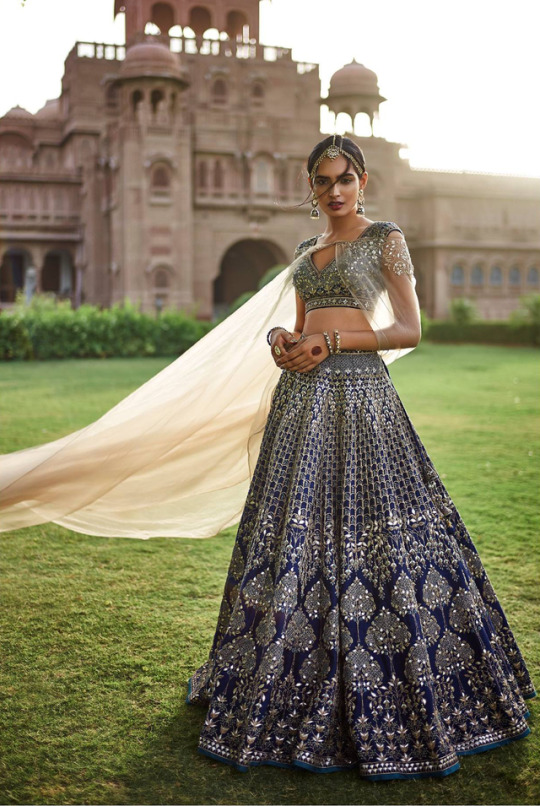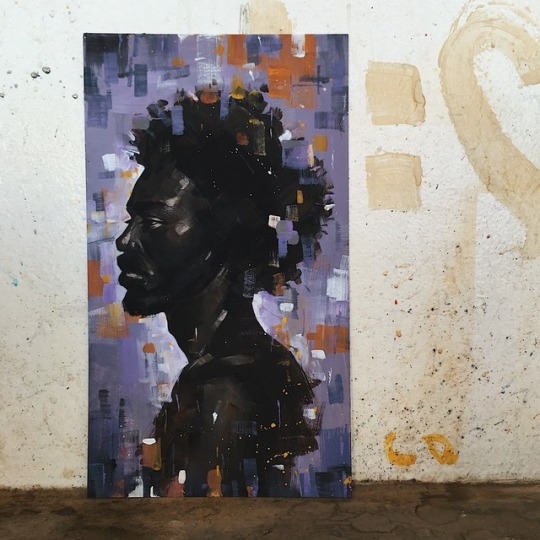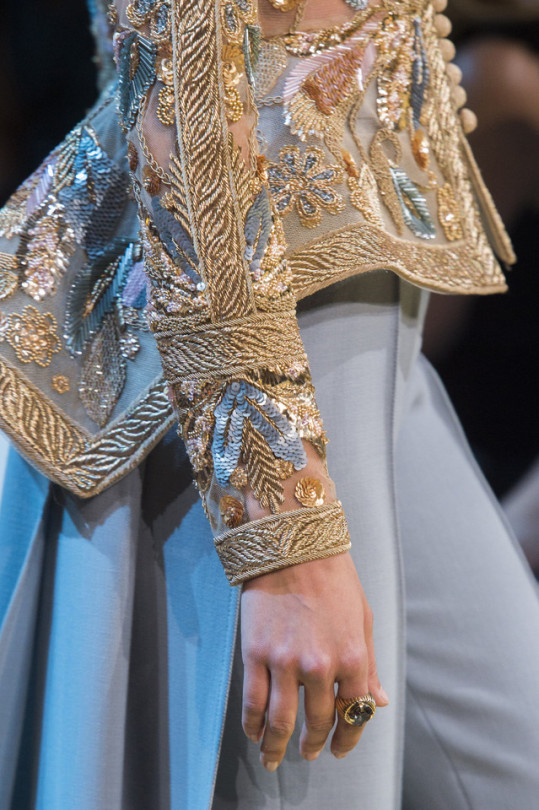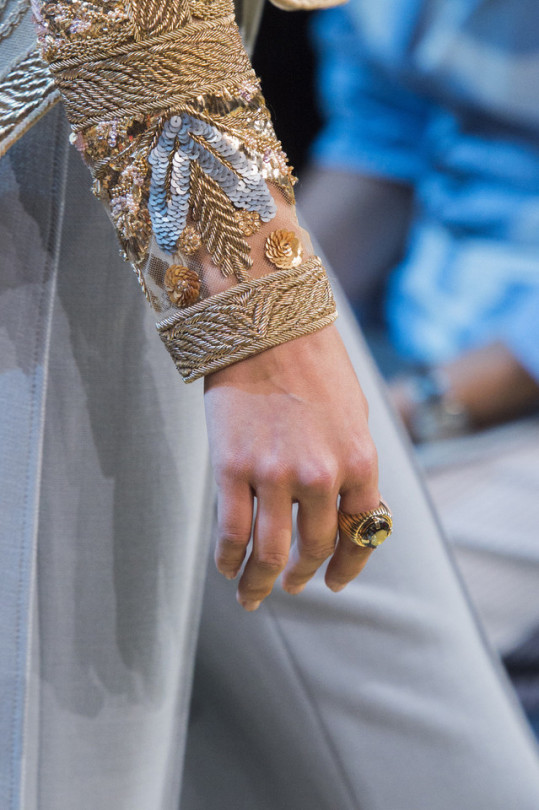Photo



Brush stroke inspired embroidery at Alexander McQueen menswear ss2019.
15K notes
·
View notes
Photo

Female students with guns lead a march on the streets of Dhaka, Bangladesh in a show of defiance against the Pakistani military establishment. 1970.
3K notes
·
View notes
Photo

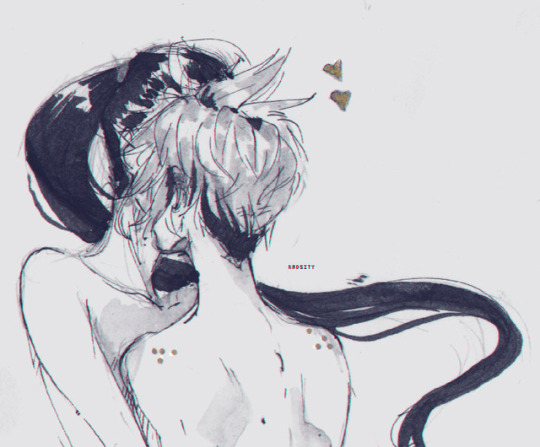


inktober days 4-7. got really bad anxiety about posting (I feel a bit embarrassed over the pieces) but got it together earlier today and edited for posting.
Lots of widowtracer bc that’s what I love tbh ;; v ;;
2K notes
·
View notes
Text
Bengali Vocab: Calendar
Basics
দিন din: day
সপ্তাহ shôptaho: week
মাস mash: month
বছর bôchor: year (unit of time, as “five years”)
সাল shal: year (reference to a specific year, as in “the year 1971”)
ঋতু ritu: season
Days of the Week
The names of the days of the week come from the Sanskrit words for different celestial bodies.
সোমবার shombar: Monday (Moon-day)
মঙ্গলবার monggolbar: Tuesday (Mars-day)
বুধবার budhbar: Wednesday (Mercury-day)
বৃহস্পতিবার brihoshpotibar: Thursday (Jupiter-day)
শুক্রবার shukrobar: Friday (Venus-day)
শনিবার shonibar: Saturday (Saturn-day)
রবিবার robibar: Sunday (Sun-day)
Seasons
Most of Bengal falls within a humid subtropical or tropical monsoon climate, and the region is traditionally considered to have six seasons. Each season lasts for two months of the Bengali calendar, starting in Boishakh, the first month.
গ্রীষ্ম grissho: summer
বর্ষা bôrsha: monsoon
শরৎ shôrot: autumn
হেমন্ত hemonto: dry season
শীত shit: winter
বসন্ত bôshonto: spring
Months of the Year
Bengalis use two calendars: বঙ্গাব্দ Bônggabdo (the traditional Bengali calendar; used mostly for cultural and religious events) and খ্রিস্টাব্দ Khrisṭabdo (the Gregorian calendar; used in daily life). The Bengali calendar followed in Bangladesh is a revised tropical calendar that is consistent with the six seasons, while the calendar in West Bengal is the traditional (unrevised) sidereal calendar that doesn’t follow the seasons.
Months of the Bengali Calendar
বৈশাখ boishakh: April–May
জ্যৈষ্ঠ joishṭho: May–June
আষাঢ় ashaṛh: June–July
শ্রাবণ srabon: July–August
ভাদ্র bhadro: August–September
আশ্বিন asshin: September–October
কার্তিক kartik: October–November
অগ্রহায়ণ ôgrohayon: November–December
পৌষ poush: December–January
মাঘ magh: January–February
ফাল্গুন phalgun: February–March
চৈত্র coitro: March-April
Months of the Gregorian Calendar
জানুয়ারি januari: January
ফেব্রুয়ারি phebruari: February
মার্চ marc: March
এপ্রিল epril: April
মে me: May
জুন jun: June
জুলাই julai: July
আগস্ট agost: August
সেপ্টেম্বর sepṭembôr: September
অক্টোবর ôkṭobôr: October
নভেম্বর nôbhembôr: November
ডিসেম্বর ḍisembôr: December
369 notes
·
View notes
Text
Bengali Alphabet #1: Vowels
Hi everyone! This is the first in a series of lessons about the Bengali writing system. Bengali uses the Bengali script. In this first lesson, I’m going to go over the 11 Bengali vowel letters, called স্বরবর্ণ Shôrobôrno. Let’s get started!
অ: The first vowel is অ, and its name is স্বরে অ shôre ô. This letter can make two sounds: ô [ɔ], like the o in lot, or o [o], like the o in no (except without the off-glide at the end). The sound you use is governed by vowel harmony, which I’ll leave for a future lesson. Don’t worry about it too much; for now, just know that when in doubt, you use ô.
আ: This vowel is called স্বরে আ shôre a. It makes the sound a [a] like in father.
ই ঈ: These two letters are হ্রস্ব ই hrôssho i and দীর্ঘ ঈ dirgho i, and both make the sound i [i], like ee in meet. These two letters represented different vowels in Sanskrit, but are now pronounced the same, so you just have to memorize which one to use.
উ ঊ: These two letters are হ্রস্ব উ hrôssho u and দীর্ঘ ঊ dirgho u, and both make the sound u [u], like oo in food. Like ই and ঈ, you have to memorize which one to use.
ঋ: This vowel is called ri (yes, ri is a vowel). It’s like ree in reed, and its use is quite rare.
এ: The name of this vowel is e. It can make two sounds. The first and more common is e [e], like ay in day except without the off-glide at the end. The second pronunciation is ê [æ], like a in cat. The pronunciation of this letter, like with অ, is governed by vowel harmony rules, which I’ll cover later.
ঐ: This vowel is called oi and represents the diphthong oi [oi], which is like oy in boy.
ও: This vowel is called o and represents the sound o [o], like the vowel in no (except without the off-glide at the end).
ঔ: This vowel is called ou and represents the sound ou [ou], like the ow in bow.
In summary:
অ: ô [ɔ] (o in lot); o [o] (o in no)
আ: a [a] (a in father)
ই: i [i] (ee in meet)
ঈ: i [i] (ee in meet)
উ: u [u] (oo in food)
ঊ: u [u] (oo in food)
ঋ: ri [ri] (ree in reed)
এ: e [e] (ay in day); ê [æ] (a in cat)
ঐ: oi [oi] (oy in boy)
ও: o [o] (o in no)
ঔ: ou [ou] (ow in bow)
There you have it! These basic vowel letters can only be used at the beginning of words and after other vowels. In the next lesson, we’ll discuss the first five consonants and how to use vowel with consonants. In the meantime, your homework is to transliterate the following nonsense words:
এই, ওই, আই, এও, ঋও, এউ, অও, আও
We hope you enjoyed the lesson! If you have any questions, feel free to send us an ask!
155 notes
·
View notes
Text
Bengali Alphabet #1: Vowels
Hi everyone! This is the first in a series of lessons about the Bengali writing system. Bengali uses the Bengali script. In this first lesson, I’m going to go over the 11 Bengali vowel letters, called স্বরবর্ণ Shôrobôrno. Let’s get started!
অ: The first vowel is অ, and its name is স্বরে অ shôre ô. This letter can make two sounds: ô [ɔ], like the o in lot, or o [o], like the o in no (except without the off-glide at the end). The sound you use is governed by vowel harmony, which I’ll leave for a future lesson. Don’t worry about it too much; for now, just know that when in doubt, you use ô.
আ: This vowel is called স্বরে আ shôre a. It makes the sound a [a] like in father.
ই ঈ: These two letters are হ্রস্ব ই hrôssho i and দীর্ঘ ঈ dirgho i, and both make the sound i [i], like ee in meet. These two letters represented different vowels in Sanskrit, but are now pronounced the same, so you just have to memorize which one to use.
উ ঊ: These two letters are হ্রস্ব উ hrôssho u and দীর্ঘ ঊ dirgho u, and both make the sound u [u], like oo in food. Like ই and ঈ, you have to memorize which one to use.
ঋ: This vowel is called ri (yes, ri is a vowel). It’s like ree in reed, and its use is quite rare.
এ: The name of this vowel is e. It can make two sounds. The first and more common is e [e], like ay in day except without the off-glide at the end. The second pronunciation is ê [æ], like a in cat. The pronunciation of this letter, like with অ, is governed by vowel harmony rules, which I’ll cover later.
ঐ: This vowel is called oi and represents the diphthong oi [oi], which is like oy in boy.
ও: This vowel is called o and represents the sound o [o], like the vowel in no (except without the off-glide at the end).
ঔ: This vowel is called ou and represents the sound ou [ou], like the ow in bow.
In summary:
অ: ô [ɔ] (o in lot); o [o] (o in no)
আ: a [a] (a in father)
ই: i [i] (ee in meet)
ঈ: i [i] (ee in meet)
উ: u [u] (oo in food)
ঊ: u [u] (oo in food)
ঋ: ri [ri] (ree in reed)
এ: e [e] (ay in day); ê [æ] (a in cat)
ঐ: oi [oi] (oy in boy)
ও: o [o] (o in no)
ঔ: ou [ou] (ow in bow)
There you have it! These basic vowel letters can only be used at the beginning of words and after other vowels. In the next lesson, we’ll discuss the first five consonants and how to use vowel with consonants. In the meantime, your homework is to transliterate the following nonsense words:
এই, ওই, আই, এও, ঋও, এউ, অও, আও
We hope you enjoyed the lesson! If you have any questions, feel free to send us an ask!
155 notes
·
View notes
Photo

If you know, you know!
When they put too much holud/haldi in the curry, eek goodbye manicure
378 notes
·
View notes

